Allocation: $10M
It arose from the need to review and harmonize public policies on habitability, risk and mitigation that were identified during various public participation processes in Puerto Rico. This Program will promote the implementation of patterns and public policies that prevent the continuity of construction in disaster-prone areas.
MITIGATION AND ADAPTATION POLICY SUPPORT PROGRAM
Mitigation planning serves a primary purpose in identifying, assessing, and reducing the long-term risk to life and property from hazard events. The Puerto Rico Department of Housing (PRDOH) acknowledges this primary purpose by establishing a grant administration structure that centralizes the role of planning in evaluating risk, mitigation opportunities, and projects, and ensures project activities do not result in adverse upstream/downstream impact. Effective and continuous mitigation planning can break the cycle of disaster damage, reconstruction, and repeated damage.
GUIDELINES
| File | Action |
|---|---|
| Program Guidelines (V3.0) -- Posted 09/10/2025 | Download |
PRDOH proposes to launch the Mitigation and Adaptation Policy Support Program (MAPS) with an allocation of 10 million dollars of mitigation funds from CDBG-MIT.
MAPS Program builds on information related to policy needs across the Island, collected through the stakeholder engagement process during Action Plan drafting and implemented Planning Programs through CDBG-DR and CDBG-MIT funding.
During the preparation and planning stages developed to avoid, absorb, recover, and adapt more successfully to future disaster events, the following tools are necessary:
- Clear adaptation and mitigation policies, based on laws and rules, building codes and land use plans;
- Better planning practices and
- Development of skills to increase capacity in local government and in the communities.
BENEFITS
The Program will conduct an objective and extensive review of Puerto Rico’s state and municipal policy and processes, building code, land use plans, and zoning in relation to the PRDOH Risk Analysis included in the Puerto Rico Mitigation Action Plan (CDBG-MIT) and in consideration of modernized mitigation solutions, green infrastructure, and benefits gained through the utilization and protection of cultural and natural resources. One of the main purposes of this program is to promote the implementation of land use patterns and policies that prevent the continuity of construction in areas prone to disaster.
MAPS Program will be administered by PRDOH. Subrecipient Agreements, Interagency Agreements, or Memorandums of Understanding may be executed to perform defined portions of this program; in those cases, program partners will be selected directly by PRDOH and must be one of the following:

Units of general local government / municipalities (including departments and divisions)
Government of Puerto Rico Agencies, Authorities, Trusts and Boards
Community-Based Development Organizations and private non-profits
Non-governmental organization 501 (c)(3) or Not for Profit Entities
A comprehensive policy analysis shall consider multi-hazard mitigation policy changes to create a policy framework that increases the adaptive capacity of local jurisdictions and neighborhoods including but not limited to:
- Adopting rules for development in high-risk areas
- Limiting and preventing development in high-risk areas
- Limiting development density in high-risk areas
- Reenforcing land use regulations
- Supporting adaptation and compliance with building codes and inspections to ensure buildings are capable of resisting damages caused by disaster events
- Creating local funding mechanisms to ensure the most optimal use of resources
- Using incentives and prohibition of incentives to promote risk mitigation









